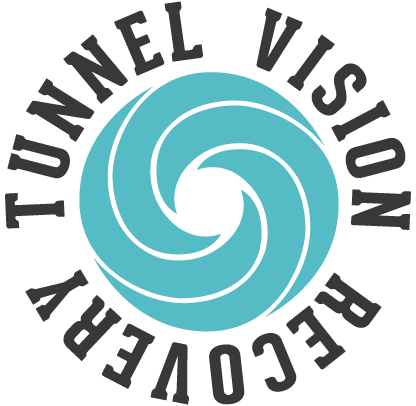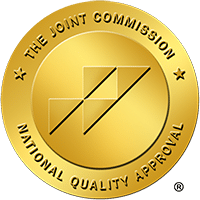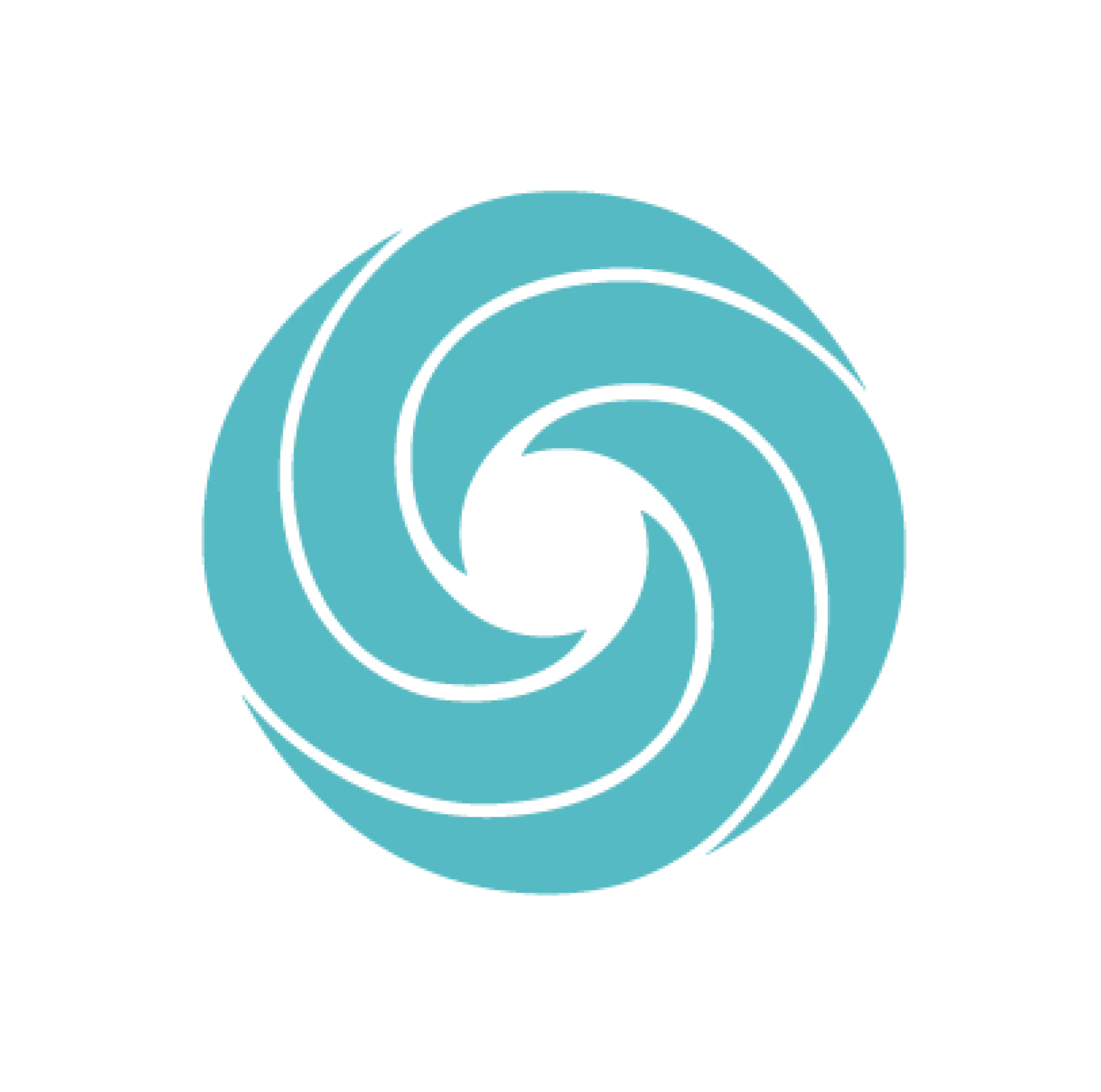There are several things that set TVR apart from other outpatient treatment centers. A major factor is how we implement the combination of behavior modification and principles from the 12 step program.
Combining behavior modification techniques with the principles of the 12-step program can be an effective approach for addiction treatment. Both approaches have their own strengths and can complement each other to provide a comprehensive and holistic treatment plan for individuals struggling with addiction. Here’s how they can work together:
Behavior Modification Techniques:
Behavior modification, often referred to as behavioral therapy, focuses on identifying and changing maladaptive behaviors associated with addiction. Techniques from cognitive-behavioral therapy (CBT), dialectical behavior therapy (DBT), contingency management, and other behavior-focused therapies can be employed to address triggers, cravings, coping skills, and relapse prevention. By incorporating behavior modification techniques into addiction treatment, individuals learn practical skills to manage their cravings, cope with stressors, and develop healthier patterns of behavior. These techniques can empower individuals to take control of their actions and make positive changes in their lives.
The 12-Step Program:
The 12-step program, popularized by groups like Alcoholics Anonymous (AA) and Narcotics Anonymous (NA), is a spiritual and supportive approach that emphasizes surrendering to a higher power, self-awareness, and community support. The steps guide individuals through a process of self-reflection, making amends, and developing a new way of living.
The 12-step program provides a framework for individuals to find meaning and purpose in their recovery journey, connect with others who understand their struggles, and take responsibility for their past actions. The emphasis on acknowledging powerlessness over addiction and seeking support from a higher power and fellow members can provide a sense of hope and camaraderie.
Combining the Approaches:
The synergy between behavior modification and the 12-step program lies in their complementary nature:
- Skill Acquisition: Behavior modification techniques offer practical skills for managing triggers, cravings, and stressors. These skills can enhance an individual’s ability to navigate the challenges presented by the 12-step program.
- Emotional Regulation: The 12-step program encourages self-reflection and emotional healing. Behavior modification techniques can aid in managing emotional triggers and responses, supporting the emotional work required in the 12 steps.
- Holistic Approach: Combining these approaches addresses both the behavioral and psychological aspects of addiction, offering a more comprehensive treatment strategy.
- Supportive Environment: The 12-step program provides a supportive community, which can reinforce the behavioral changes learned through therapy.
- Personal Empowerment: Behavior modification emphasizes personal agency, aligning with the responsibility individuals take in working through the steps.
However, it’s important to note that not everyone responds the same way to these approaches. The effectiveness of this combination depends on individual preferences, beliefs, and the severity of their addiction. It’s recommended to tailor treatment plans to the unique needs of each individual and to consider integrating various evidence-based therapies as appropriate.
Ultimately, the goal is to provide a well-rounded treatment approach that addresses the complexities of addiction and empowers individuals to achieve lasting recovery.



